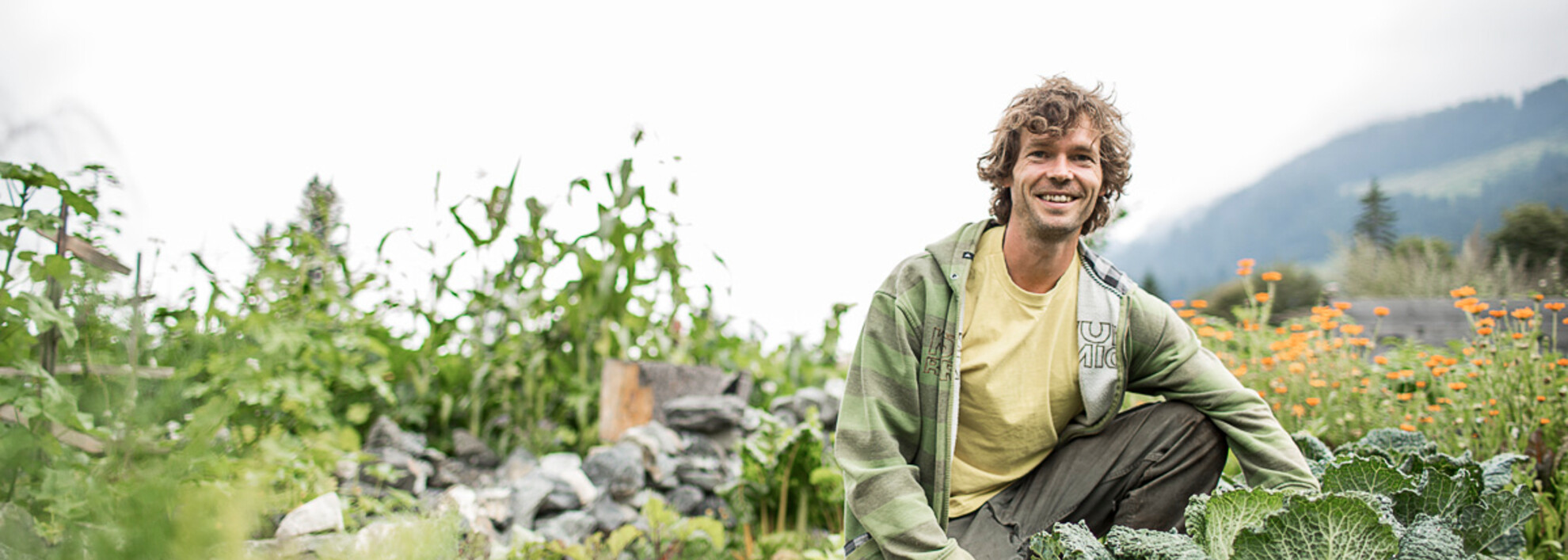
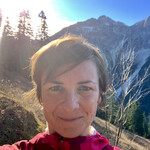
Where hope and inspiration grow
Four years ago, Andi Haller (36) was building kickers in the snow park.
Four years ago, Andi Haller (36) was building kickers in the snow park. These days, it’s more likely to be raised beds. He plants mixed crops, develops permaculture gardens and challenges the common preconceptions about what independent sustainable living looks like. He has wholeheartedly embraced the self-sufficiency experiment, creating a permaculture forest garden in Mittelberg. For him and girlfriend Alex, being self-sufficient doesn’t mean distancing themselves from society, rather finding alternative ways of being self-sufficient that are feasible for everyone. The philosophy of permaculture al
lows him to feel optimistic about the future. His passion is contagious and as a result it’s not just in Kleinwalsertal that new gardeners are popping up.

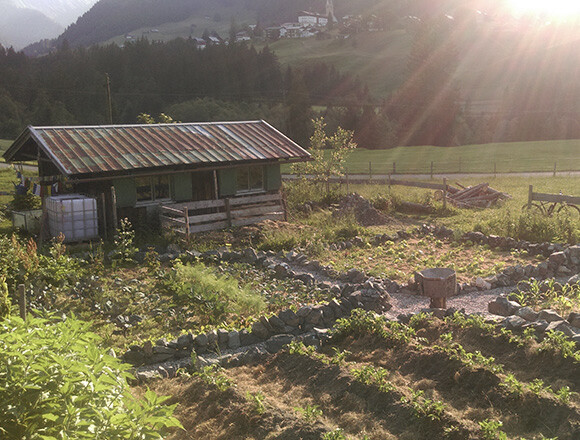
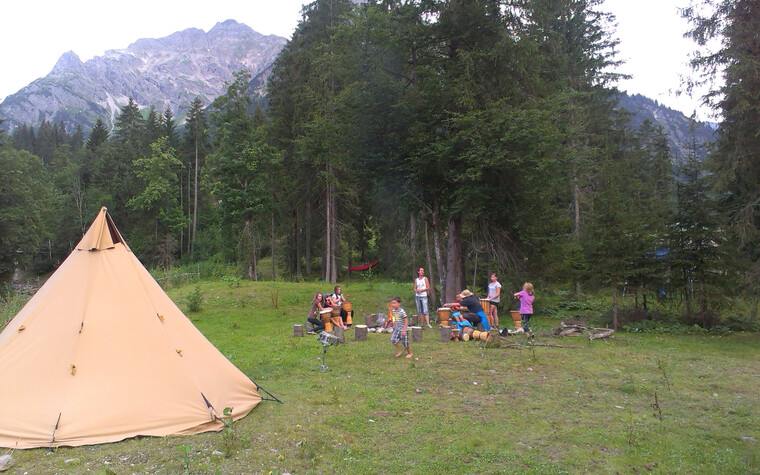


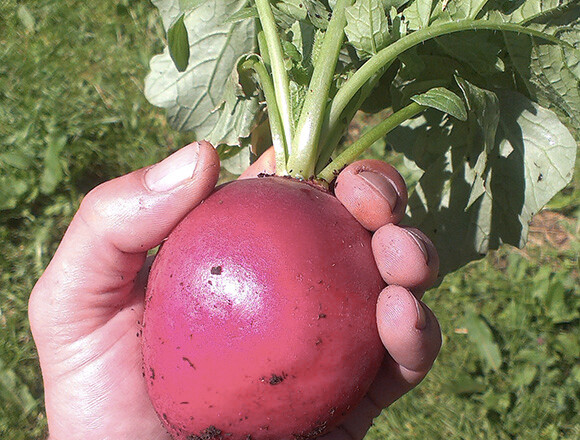


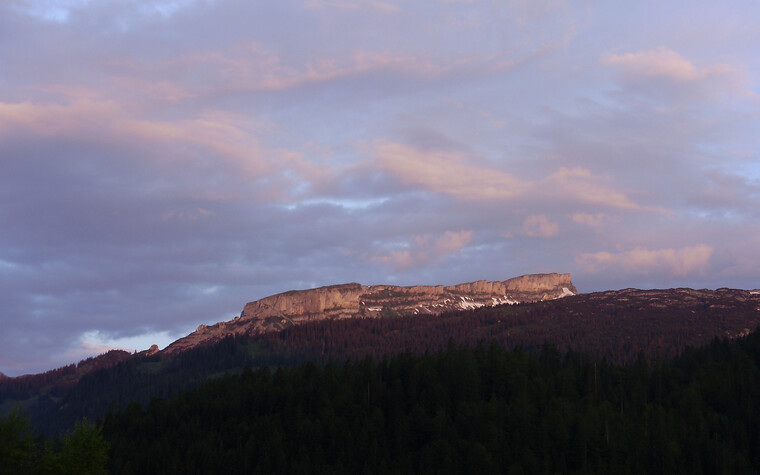

Share page...
...and tell others